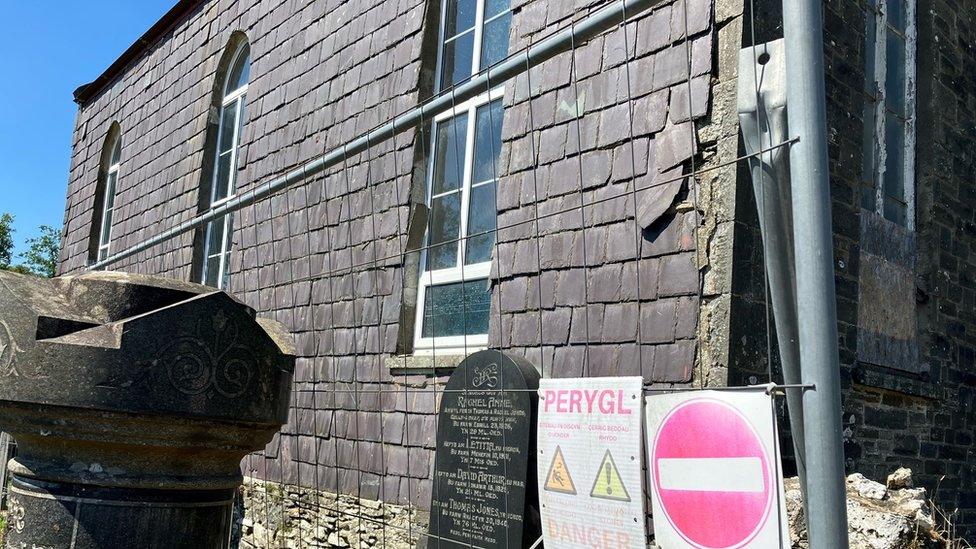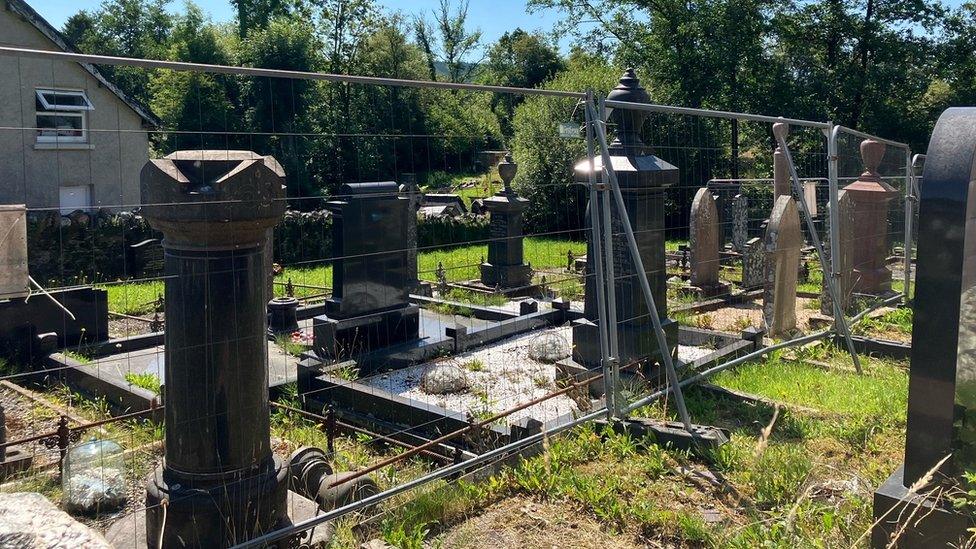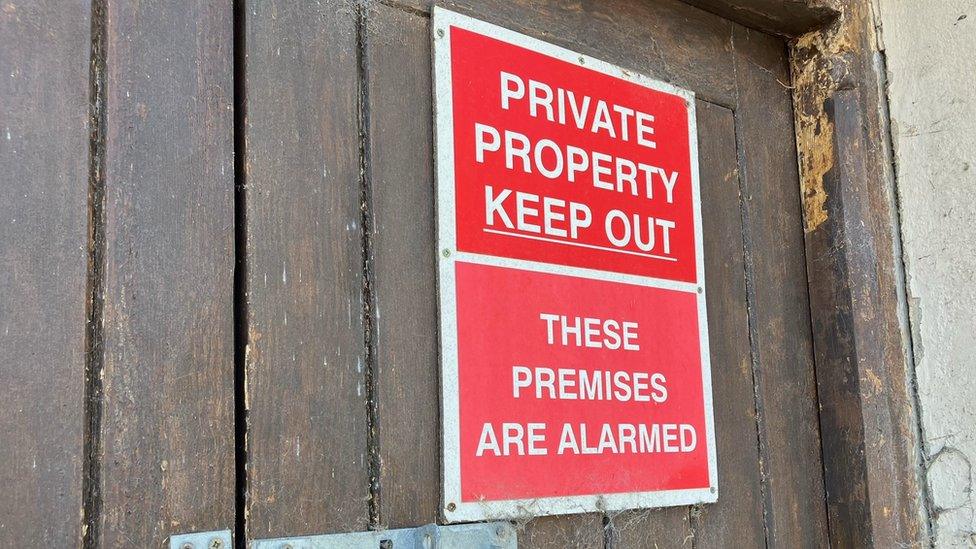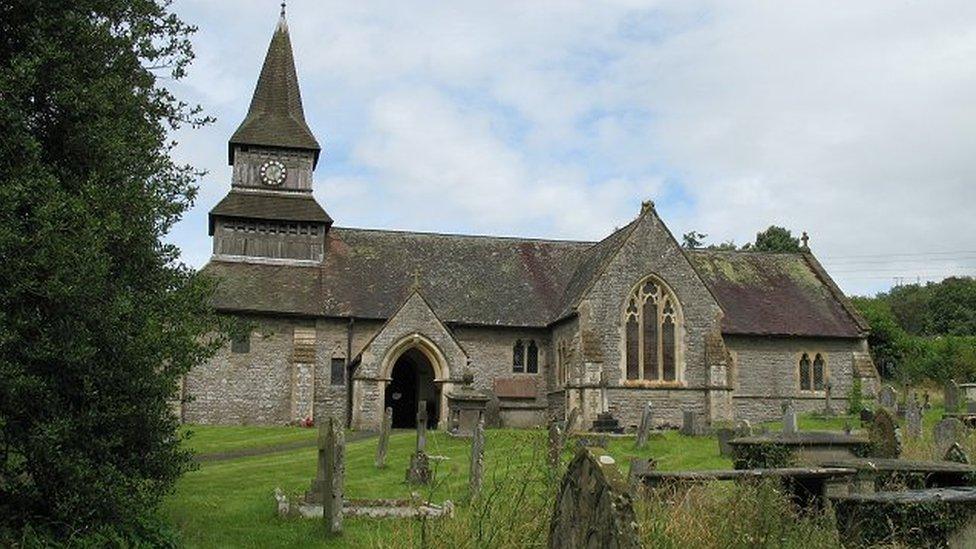Carmarthenshire chapel spared demolition after villagers' pleas
- Published

The original chapel was built in 1813, and the current building dates from 1874
The owner of a rural chapel which has stood for almost 150 years has been told that he cannot demolish it.
Villagers in Rhydcymerau, Carmarthenshire, who objected to the plan, said they would like it to be a meeting place and community shop.
"These were our people, and we should respect their final resting place," said Rachel Philip, a resident.
A demolition application for the unoccupied chapel was turned down by the council's planning department.
Carmarthenshire council said too little information had been provided on the presence of a bat roost and the building's proximity to nearby properties.
It also said no information had been supplied on the proposed restoration of the site.
Residents were also worried about the adjacent graveyard, where author and nationalist David John Williams, who wrote Hen Dy Ffarm (The old farmhouse), is buried, said the Local Democracy Reporting Service.

Author and nationalist David John Williams, who wrote Hen Dy Ffarm (The Old Farmhouse), is buried in the graveyard
The original chapel was built in 1813, with the current building dating from 1874.
Patricia Barker, of Rhydcymerau, said in an email to the planning department that the village had already lost a pub, school, shop and post office.
She said: "This has left the village with nothing for the community of Rhydcymerau.
"Years ago the chapel vestry was used as a place to hold certain events and was a good meeting place for locals to meet up."
This was echoed by another resident, Mikala Sargent, who said: "The village has lost so many of its facilities already, it's such a tragedy if the chapel goes the same way."

Residents would like to convert the chapel into a space for the community
Mr Smith's previous residential change of use application was rejected in March on four grounds, including highway safety.
Planning officers said there was also a lack of detail about measures around the presence of pipistrelle bats in the chapel's slate wall cladding.
A building survey on behalf of Mr Smith said the chapel building had been poorly maintained but that it was structurally satisfactory and could be repaired.
Related topics
- Published4 July 2022

- Published9 March 2021

- Published10 September 2021
